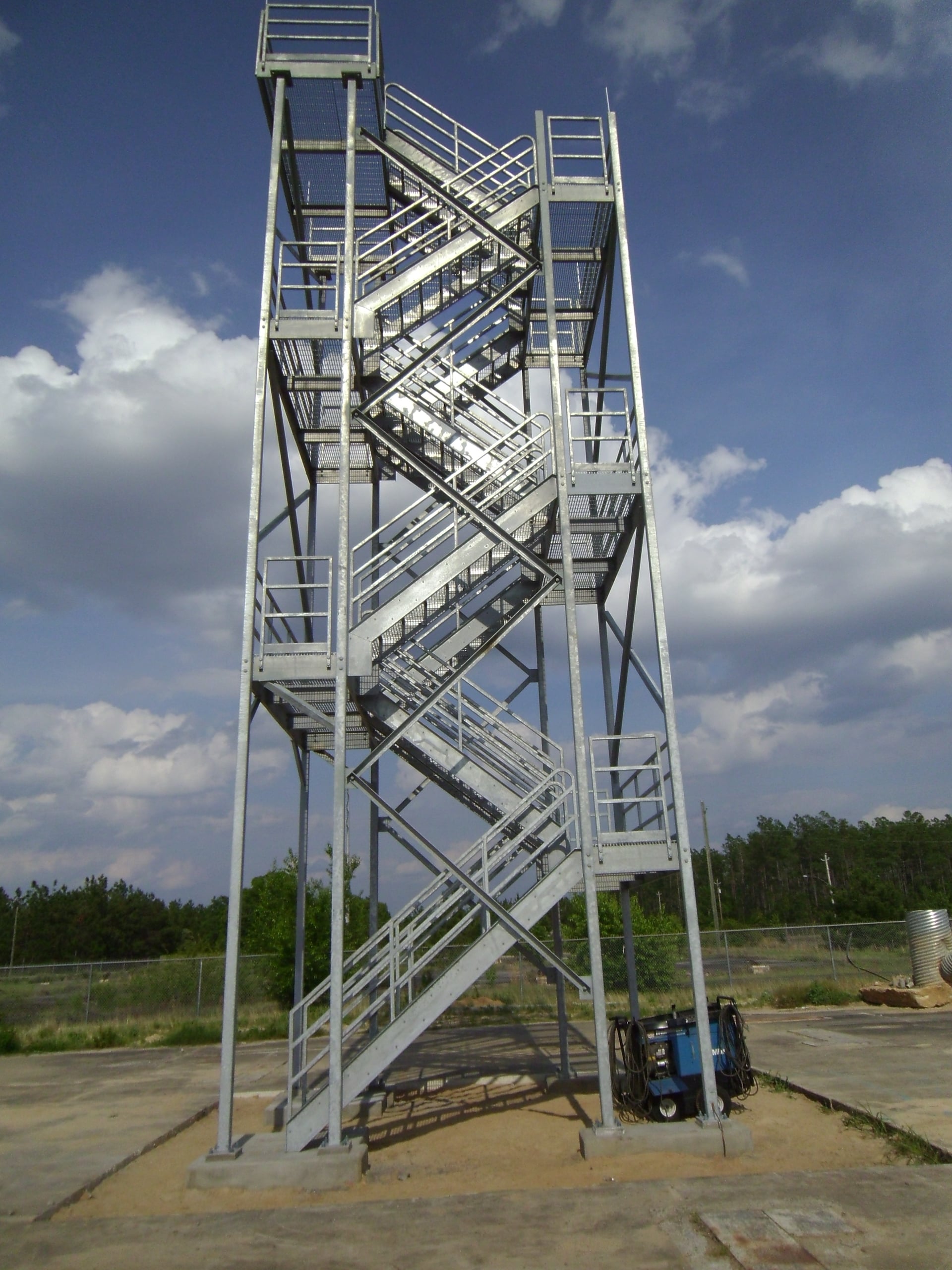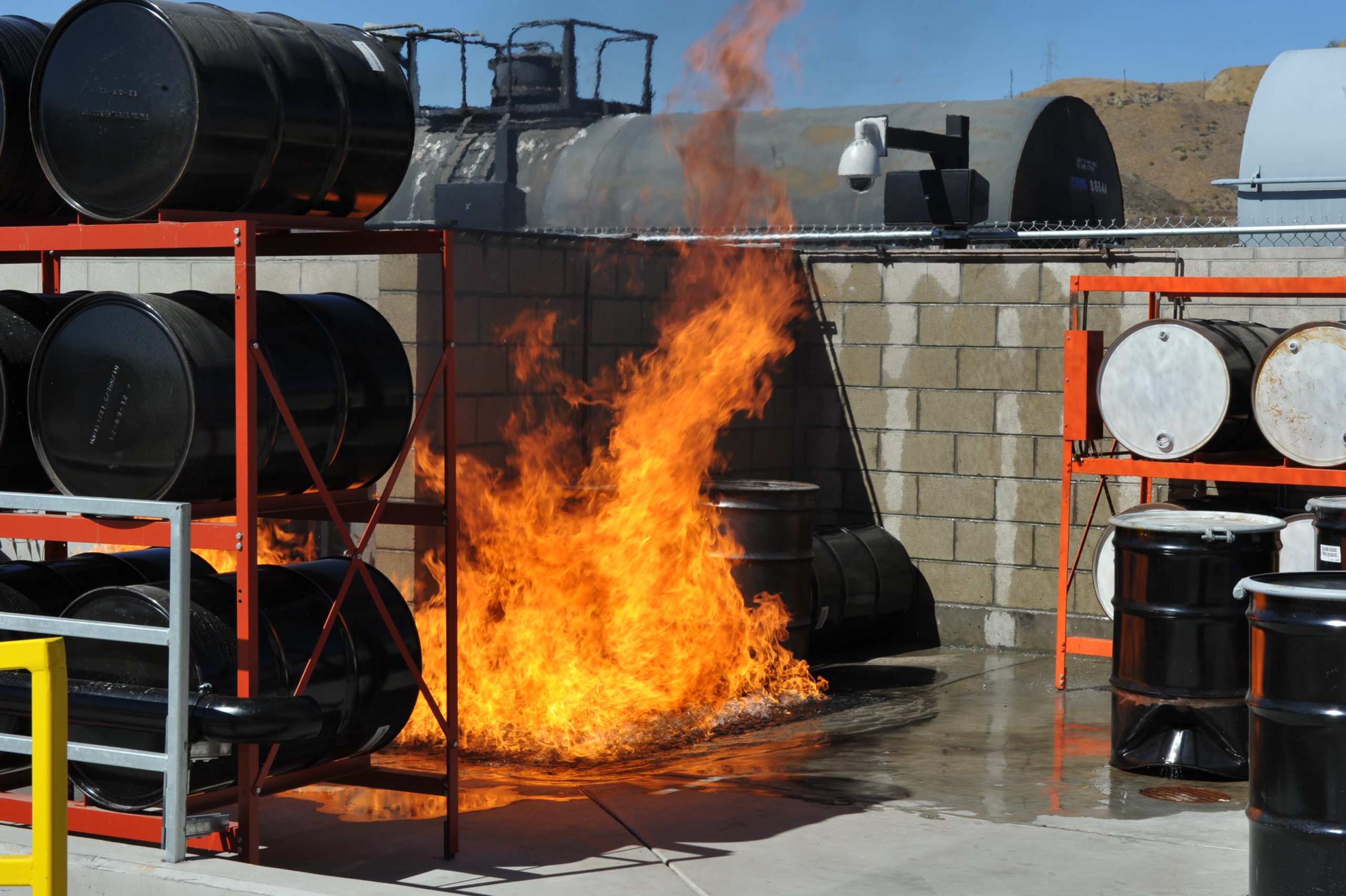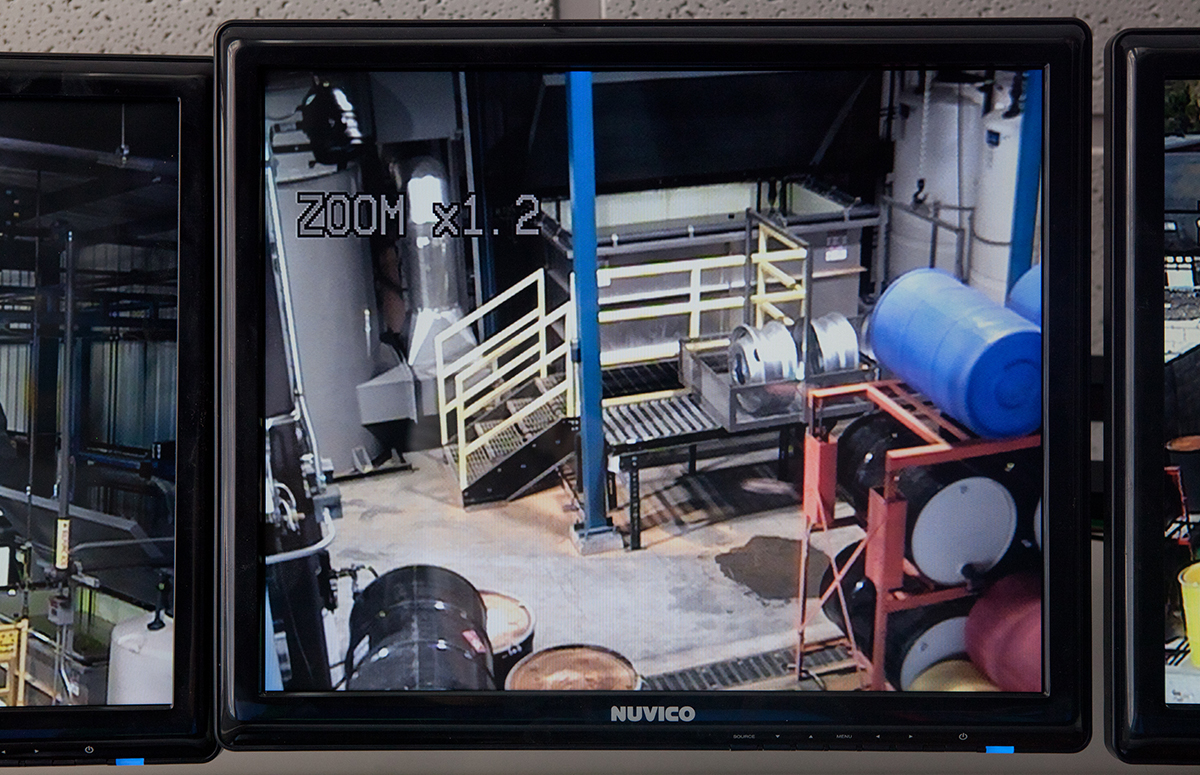
By David Mellen
Today, the availability of training resources to us as firefighters is amazing. From social media to structured online learning management systems, the ability to sit in the comfort of your station, your home, or your office and learn has never been easier, so where has all of the training gone? For some the car from the junkyard has been replaced by a tablet, the training tower has been replaced by a desktop, and the forcible entry prop has been replaced with a smartphone, but at what cost?
Don’t get me wrong, I love using social media to post videos and training materials to help better firefighters but I think we can all agree that the live component is necessary and vital to the development of skills. Students are far more likely to learn using various delivery methods and a perfect relationship exists between online delivery and skills acquisition using hands on training.
Imagine for a minute that you subscribe to an online learning management system and require all of your personnel to complete monthly required courses. While they are learning important information and gaining knowledge, they aren’t going hands on with the very equipment they are learning to use. This model exists in some places and quite often we hear of firefighters struggling with skills during actual emergencies. While the idea of reducing wear and tear on equipment, reducing the chances of workplace injuries, and limiting overtime were well intended, the consequences were afterthoughts.
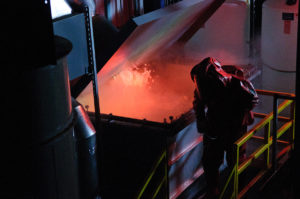 In the organizations I work for, we use a blended learning model that includes not only online and classroom led delivery but also requires some form of hands on. Something as simple as emailing a link with a video of a well-managed fire for personnel to watch and key points to examine followed up by a recreation of the incident in a training tower can be a game changer. This allows the students time to develop a plan of how they would carry out tasks, discuss it with their crews or others in the department, and then carry out those skills live on the training ground. At the same time this allows organizations to evaluate personnel not only in their thought process but their actual performance of tactics.
In the organizations I work for, we use a blended learning model that includes not only online and classroom led delivery but also requires some form of hands on. Something as simple as emailing a link with a video of a well-managed fire for personnel to watch and key points to examine followed up by a recreation of the incident in a training tower can be a game changer. This allows the students time to develop a plan of how they would carry out tasks, discuss it with their crews or others in the department, and then carry out those skills live on the training ground. At the same time this allows organizations to evaluate personnel not only in their thought process but their actual performance of tactics.
In the day and age when ordering everything under the sun is one click away (with free next day delivery) it’s easy to think that faster is better but that’s not the case. Our responsibilities to the public have never changed and when we arrive, they expect us to perform. By taking a wholistic approach to training and utilizing props, towers, and other resources to supplement digital content, our personnel will only achieve higher levels of performance and proficiency.
Bio
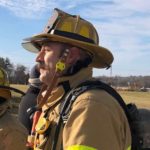 David Mellen is a 20-year student of the fire service, and has been a Paramedic for 15 years. David currently serves as career Firefighter/Paramedic with the Edwardsville (KS) Fire Department in addition to serving as a volunteer Captain with the Reno Township (KS) Fire Department. He teaches as a lab instructor for the Johnson County Community College in Overland Park, KS and has sat on several review committees for fire service training publications. Mellen is a returning instructor at FDIC, Firehouse Expo, and several other state and local fire schools as well as the owner of Valor Fire Training.
David Mellen is a 20-year student of the fire service, and has been a Paramedic for 15 years. David currently serves as career Firefighter/Paramedic with the Edwardsville (KS) Fire Department in addition to serving as a volunteer Captain with the Reno Township (KS) Fire Department. He teaches as a lab instructor for the Johnson County Community College in Overland Park, KS and has sat on several review committees for fire service training publications. Mellen is a returning instructor at FDIC, Firehouse Expo, and several other state and local fire schools as well as the owner of Valor Fire Training.

